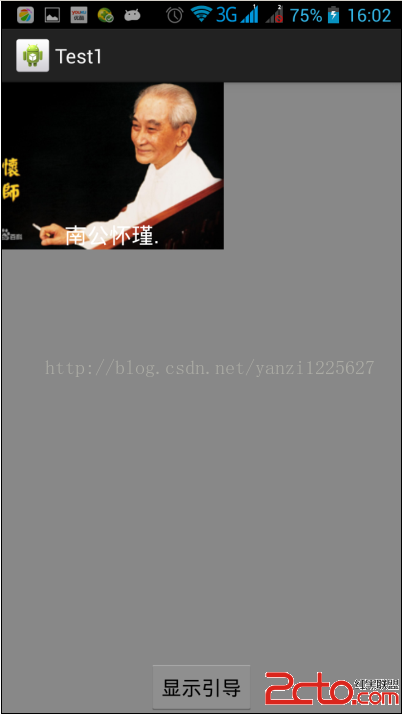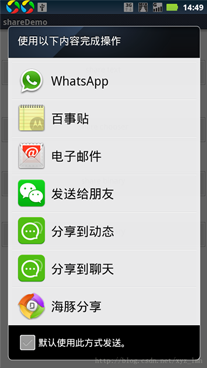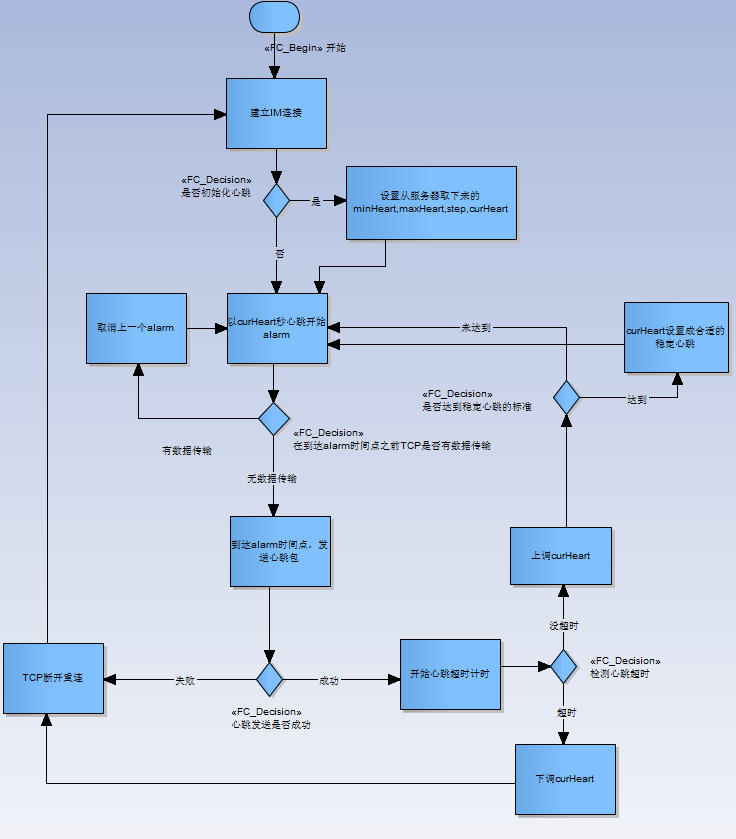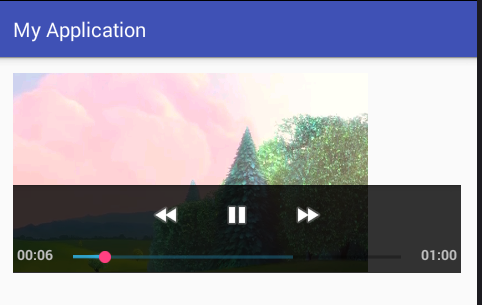編輯:關於Android編程
問題背景:有一些UI具有共性,比如常見的app第一次運行時出現的各種指示框,告訴你往哪搓是調音量的,往哪點是調屏幕亮度的,當點擊這些VIew,則其自動消失。或者一動時間後,自動消失。另外一個問題是,不同的方向下加載出來的指示View內容是不一樣的。
為此需要將這些特點的View抽象出來,寫個父類或者說是基類,為啥一定要這樣搞,這樣寫好處很多。優點如下:
1、可以讓代碼變得更簡潔。每個子View裡的共同的方法都由父類來做,每個子View實現自己的邏輯就ok了。
2、因為這些View只工作一次,所以寫死在主UI的xml裡顯得不合時宜,動態添加是最好的。因為牽涉到旋轉方向問題,就必須要提前給出這些View的實例化變量名稱。如果互相之間是完全是獨立的,則需要定義View1 view1, View2 view2...很多個View,然後方向發生變化時挨個通知。如果有個BaseView, View1和View2...都是繼承自BaseView,則只需定義BaseView baseView,需要顯示時用BaseView實例化具體的是View1 還是View2.如: baseView = new View1(...).然後方向變化時判斷baseView是否為空,然後把方向告訴它就ok了。
先來看上面提到的BaseView,這裡命名為BaseGuideView:
package org.yanzi.ui;
import org.yanzi.util.OrientationUtil;
import android.content.Context;
import android.view.MotionEvent;
import android.view.View;
import android.widget.RelativeLayout;
import android.widget.TextView;
public abstract class BaseGuideView extends RelativeLayout implements Rotatable, View.OnClickListener {
protected int mOrientation = 0;
protected Context mContext;
private GuideViewCallback mGuideViewCallback;
public interface GuideViewCallback{
public void onGuideViewClick();
}
public BaseGuideView(Context context, GuideViewCallback callback) {
super(context);
// TODO Auto-generated constructor stub
mContext = context;
mGuideViewCallback = callback;
setOnClickListener(this);
mOrientation = OrientationUtil.getOrientation();
}
@Override
public void setOrientation(int orientation, boolean animation) {
// TODO Auto-generated method stub
mOrientation = orientation;
requestLayout();
}
protected abstract void initView();
@Override
public boolean onInterceptTouchEvent(MotionEvent ev) {
// TODO Auto-generated method stub
return true; //super.onInterceptTouchEvent(ev)
}
@Override
public void onClick(View v) {
// TODO Auto-generated method stub
mGuideViewCallback.onGuideViewClick();
}
}
再定義個NanShiGuide.java繼承自上面的類:
package org.yanzi.ui;
import com.example.test1.R;
import android.content.Context;
import android.util.Log;
import android.view.LayoutInflater;
import android.view.View;
import android.widget.TextView;
public class NanShiGuide extends BaseGuideView {
int LAYOUT_ID = R.layout.c_nanshi_guide;
View guideNanLayout;
TextView guideNanText;
public NanShiGuide(Context context, GuideViewCallback callback) {
super(context, callback);
// TODO Auto-generated constructor stub
initView();
}
@Override
protected void initView() {
// TODO Auto-generated method stub
Log.i("YanZi", "NanShiGuide initView enter...");
View v = LayoutInflater.from(mContext).inflate(LAYOUT_ID, this, true);
guideNanLayout = v.findViewById(R.id.guide_nan_layout);
guideNanText = (TextView) v.findViewById(R.id.guide_nan_text);
Log.i("YanZi", "NanShiGuide initView exit...");
}
}
在initView函數裡將xml加載進來並獲得各個控件的實例,我所遇到的問題是,如果這個initView()寫在基類(也是個虛類)BaseGuideView的構造函數裡,是不能夠正常運行的。雖然initView()函數執行了,但是會報錯:<frameLayout android:id="@+id/guide_nan_layout" android:layout_width="200dip" android:layout_height="150dip" android:background="@drawable/nan1"> </frameLayout>
07-06 15:17:58.258 I/YanZi ( 8375): NanShiGuide initView enter... 07-06 15:17:58.258 W/ResourceType( 8375): No package identifier when getting value for resource number 0x00000000 07-06 15:17:58.258 D/AndroidRuntime( 8375): Shutting down VM 07-06 15:17:58.258 W/dalvikvm( 8375): threadid=1: thread exiting with uncaught exception (group=0x410899a8)
View v = LayoutInflater.from(mContext).inflate(LAYOUT_ID, this, true);
這裡有個this指針的問題,當initVIew()讓虛類調用時,這個this指向誰?是虛類自己還是子類?正因此才掛了,另外這個inflate本身就有一定特殊性,是不能隨便亂用this的。我嘗試過把BaseGuideView裡的initView不寫成虛的,而是一個空的函數,依舊是報錯。所以遇到這種情況,加載布局一定由各個子View自行加載並初始化是最好的。
效果如下,左上角的圖片就是特意顯示的,同時將背景變暗:

 Android應用中使用及實現系統“分享”接口實例
Android應用中使用及實現系統“分享”接口實例
為了應用的推廣、傳播,很多的應用中都有“分享”功能,一個按鈕,點擊後會出現短信、微博等等一切實現了分享功能的應用列表。這一篇文章主要介紹怎麼調用分享功能和怎麼實現分享接口
 手機qq安裝失敗怎麼辦 手機qq安裝後打不開是什麼原因
手機qq安裝失敗怎麼辦 手機qq安裝後打不開是什麼原因
手機qq安裝失敗怎麼辦?手機qq安裝後打不開是什麼原因?下面我們一起看看解決方法吧!手機安裝失敗原因及解決方法1、證書過期(或者未生效): 下載安裝前將手
 IM推送Android客戶端SDK之智能心跳
IM推送Android客戶端SDK之智能心跳
1. 為什麼TCP連接需要心跳? 因為運營商有一個NAT超時:因為IP v4的IP量有限,運營商分配給手機終端的IP是運營商內網的IP,手機要連接Internet,就需要
 Android使用VideoView播放本地視頻和網絡視頻的方法
Android使用VideoView播放本地視頻和網絡視頻的方法
1、效果展示2、布局文件<?xml version=1.0 encoding=utf-8?><RelativeLayout xmlns: